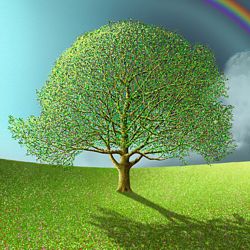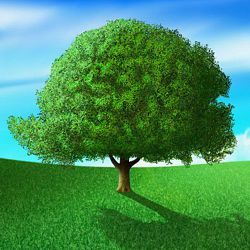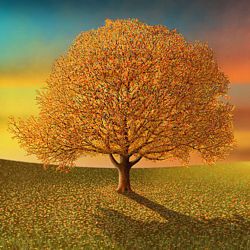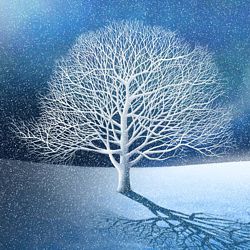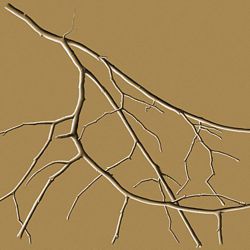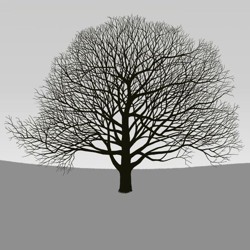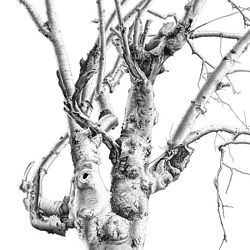How to Paint a Tree in Winter
In this lesson we learn how to paint a tree in winter using a palette of cold colors to express the beautiful and bitter chill of ice, snow and frost.
- winter-tree-10
How to Paint a Tree in Winter
- winter-tree-1
How to Paint a Tree in Winter - Step 1
- winter-tree-2
How to Paint a Tree in Winter - Step 2
- winter-tree-3
How to Paint a Tree in Winter - Step 3
- winter-tree-4
How to Paint a Tree in Winter - Step 4
- winter-tree-5
How to Paint a Tree in Winter - Step 5
- winter-tree-6
Painting a Tree in Winter - Step 6
- winter-tree-7
How to Paint a Tree in Winter - Step 7
- winter-tree-8
How to Paint a Tree in Winter - Step 8
- winter-tree-9
How to Paint a Tree in Winter - Step 9
- winter-tree-10
How to Paint a Tree in Winter - Step 10
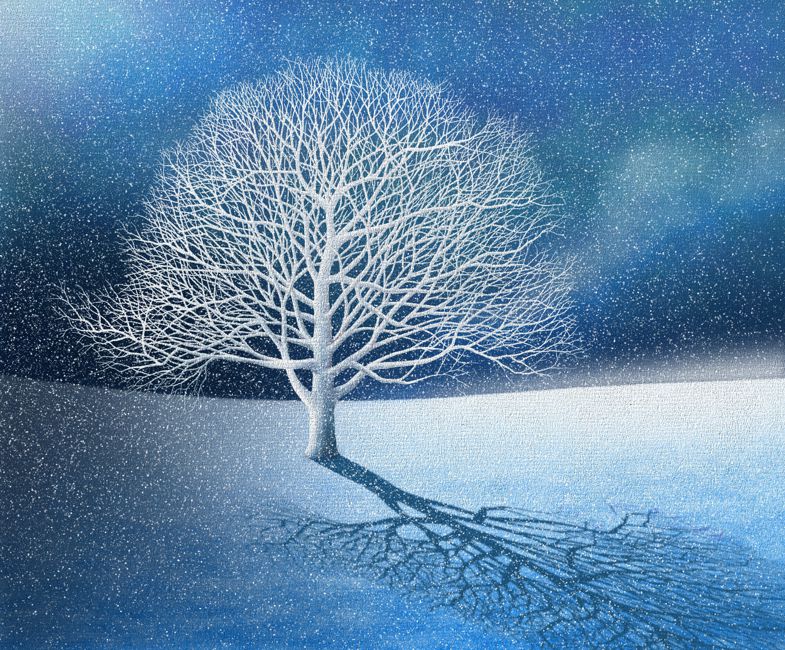
Our slide show illustrates a step-by-step process for painting a tree in freezing winter conditions.
-
When you begin a painting, an organised method of approach is important as it helps you to tackle the work with some degree of control and confidence. Our slide show guides you through such an approach that you may adapt to your own style and technique.
How to Paint a Tree in Winter - Step 1

If you want to paint a tree in any season, it helps to add some context with a relevant background that identifies the climatic conditions of that time of year. This starts with the sky which establishes the mood of the painting.
-
As we are painting a moonlit snow-covered tree in winter, we placed it in a dark nocturnal setting to increase its tonal contrast. Consequently, we have begun by painting a midnight blue background.
How to Paint a Tree in Winter - Step 2
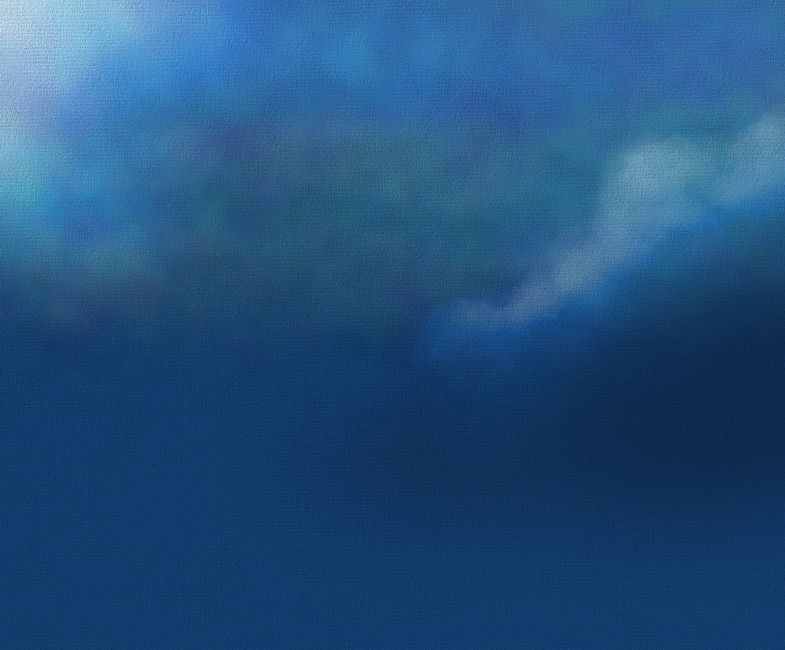
Now, using a large brush, we softly stipple some misty clouds which are gently illuminated by the moonlight.
How to Paint a Tree in Winter - Step 3
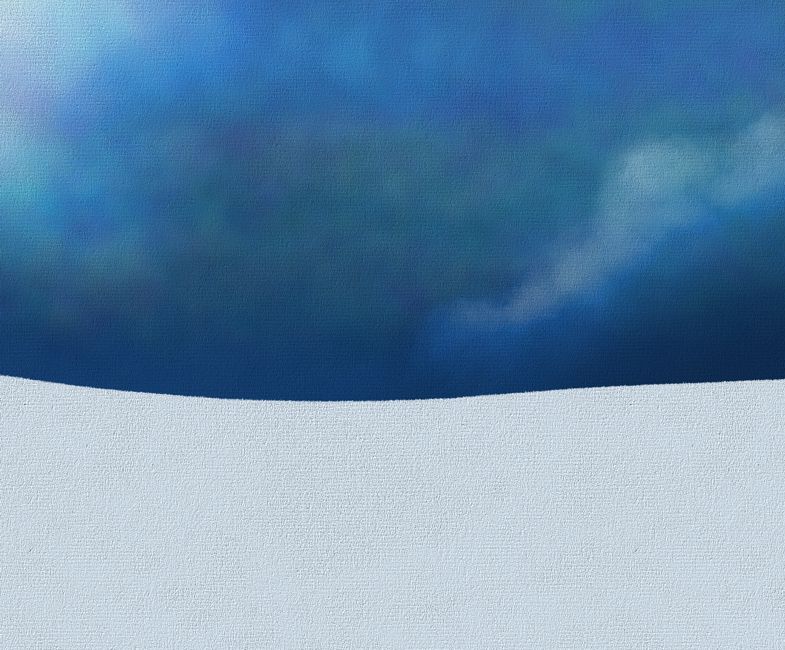
Next, we paint in a flat foreground of fallen snow.
-
It is not advisable to paint snow with a pure white as it is reflective and picks up the tones and colors of the atmosphere that surrounds it.
-
As you are unable to lighten a pure white, it is better to start with a darker tone which will allow you to build up form with areas of light and shade.
How to Paint a Tree in Winter - Step 4

To add some rippling to the surface of the snow we have applied a light shade of blue, reflected from the moonlit sky.
-
The form and tone of this color is stronger in the foreground, gradually weakening as it recedes into the background to create the illusion of depth and distance (aerial perspective).
- We have also begun to introduce a hint of the soft reflected light from the snow on the right-hand side of the background.
How to Paint a Tree in Winter - Step 5

To further enhance the atmosphere of the landscape, we have cast the left-hand side into darkness and counterbalanced it with more reflected light from the snow on the right.
-
This creates the illusion of a light source (the moon) outside the top left hand corner of the painting and builds a sense of drama as our eye travels from the dark to the light.
How to Paint a Tree in Winter - Step 6
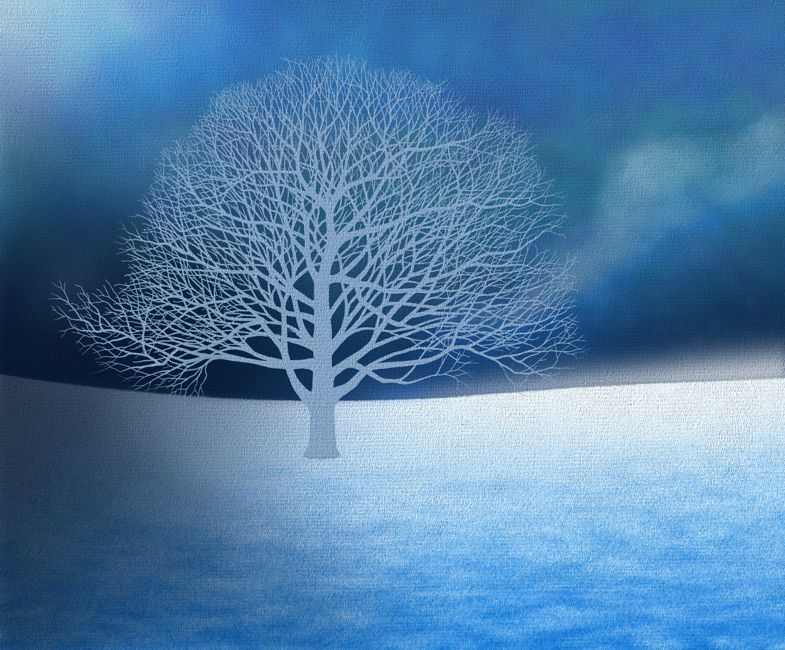
Next, we paint the flat shape of a tree in the landscape. If you have not done so already, you can consult our lesson on painting a tree.
-
For the trunk and branches we have used a shade of color that is similar to the mid-tones of the snow. This will help it to harmonise with the background colors and provide a neutral base when we come to highlight its form with light and dark tones.
How to Paint a Tree in Winter - Step 7
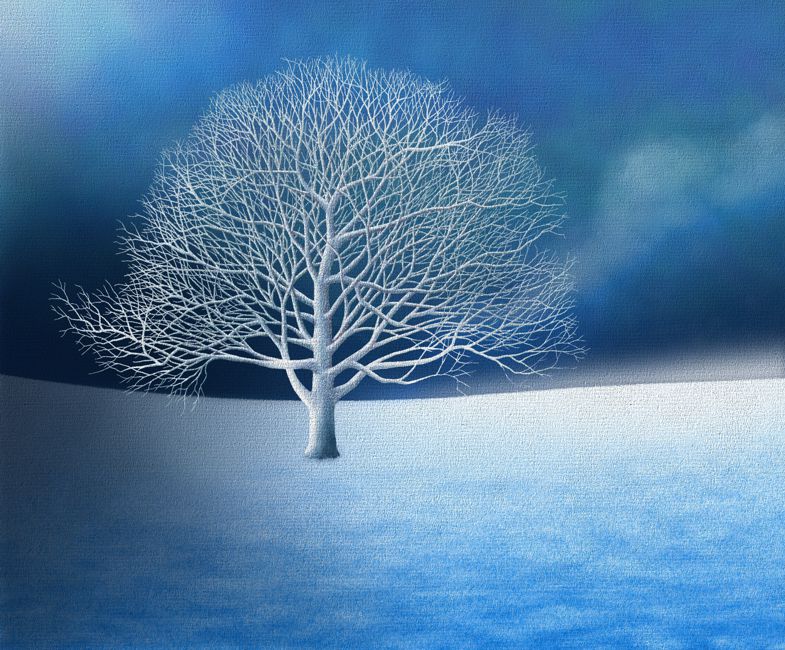
Now we apply some light and shade to the tree using the lightest tones of the snow and the darkest tones of the sky.
-
These neighbouring tones establish a harmonious relationship with the background and their icy color gives the impression of a frost-covered tree.
How to Paint a Tree in Winter - Step 8

At this stage we have intensified the frostiness of the tree by adding more white to the branches.
-
This increases the chill factor and heightens its contrast with the background.
How to Paint a Tree in Winter - Step 9
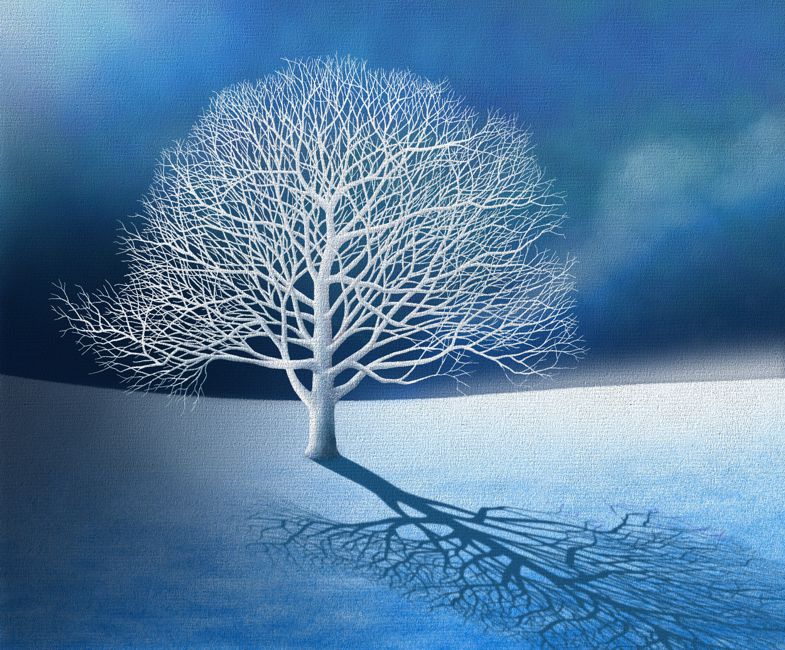
To tie the tree down to the landscape, we have cast a moonlit shadow which enhances the depth, drama and design of the painting.
How to Paint a Tree in Winter - Step 10



